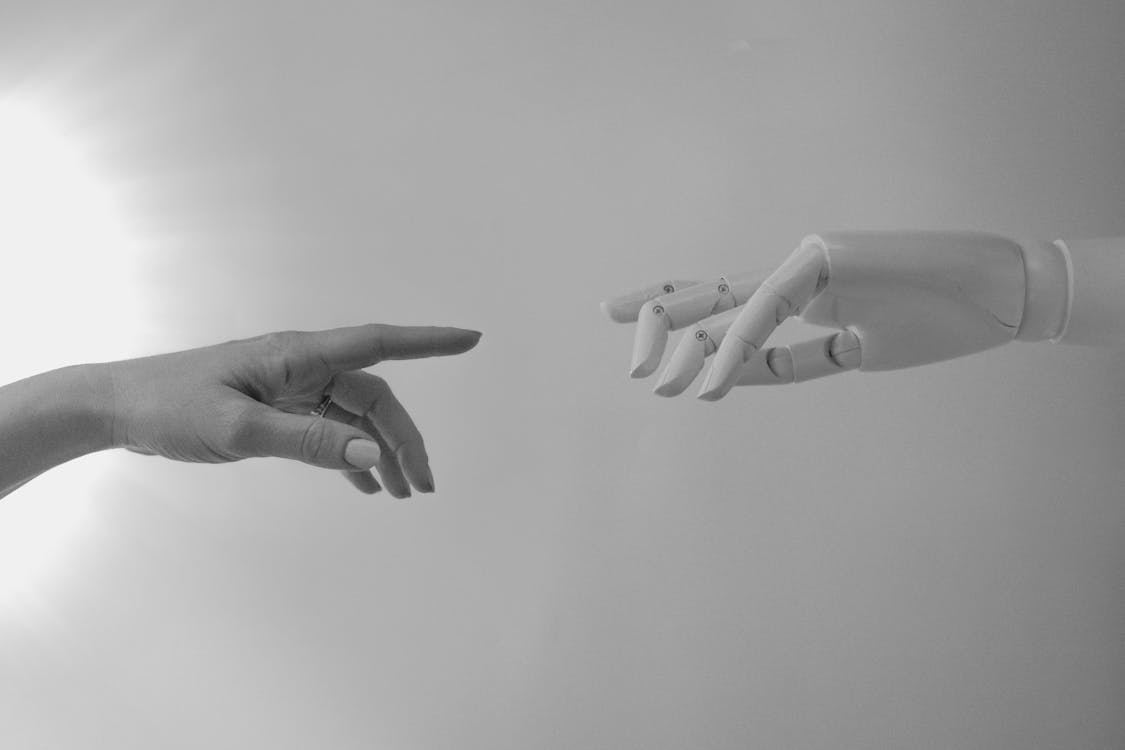Artificial intelligence (AI) has become a buzzword in recent years, with its applications ranging from self-driving cars to medical diagnosis. The field of AI has grown significantly in the past decade, thanks to the advancement of machine learning algorithms, data availability, and computational power. In this article, we will explore what AI is, how it works, its current applications, and potential future developments.
What is AI?
AI refers to the ability of machines to learn, reason, and make decisions in a way that mimics human intelligence. The goal of AI is to create intelligent machines that can perform tasks that typically require human cognition, such as understanding natural language, recognizing objects, and making decisions. AI systems can be divided into two categories: narrow or general AI. Narrow AI refers to machines that are designed to perform specific tasks, such as facial recognition or language translation. In contrast, general AI is designed to perform any intellectual task that a human can.
How does AI work?
AI systems work by processing large amounts of data and using algorithms to identify patterns and make predictions. This process is called machine learning, and it is the backbone of many AI applications. Machine learning algorithms can be supervised, unsupervised, or reinforced. In supervised learning, the machine is trained on labeled data, where the correct output is known. In unsupervised learning, the machine is trained on unlabeled data, and it has to find patterns on its own. In reinforced learning, the machine learns through trial and error, where it receives rewards or penalties for its actions.
Current applications of AI
AI has already transformed various industries, and its applications continue to grow. One of the most prominent applications of AI is in self-driving cars. Autonomous vehicles rely on machine learning algorithms to navigate roads, recognize obstacles, and make decisions. AI is also used in the healthcare industry, where it is used for medical diagnosis, drug discovery, and personalized medicine. AI-powered chatbots are used in customer service to answer queries and resolve issues. AI is also used in finance, where it is used for fraud detection, risk management, and trading.
Future developments in AI
AI is still in its infancy, and there is much more to come in the future. One area where AI is expected to grow significantly is in the field of robotics. Robots with AI capabilities can be used in manufacturing, logistics, and even space exploration. AI is also expected to have a significant impact on the job market. While AI has the potential to automate many routine tasks, it can also create new job opportunities in areas such as data analysis and machine learning engineering. However, there are concerns that AI could lead to significant job displacement, and policymakers will need to address these challenges.
Another area where AI is expected to grow is in the development of general AI. While narrow AI has made significant strides in recent years, creating machines with human-like cognition is still a long way off. However, the development of general AI could have profound implications for society, and it is crucial that policymakers and researchers address the ethical and societal implications of AI.
Conclusion
AI has the potential to transform various industries and improve our lives significantly. Its applications are already widespread, and its future developments are exciting. However, as AI continues to evolve, it is crucial that we address the ethical and societal implications of this technology. By doing so, we can ensure that AI is used in a way that benefits society and creates a better future for us all.

